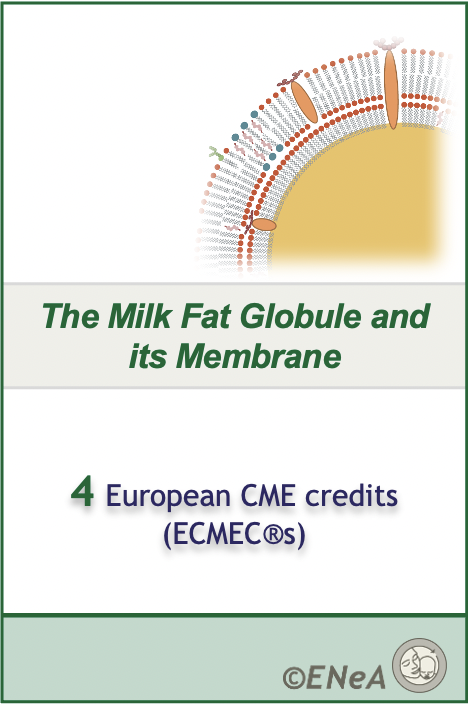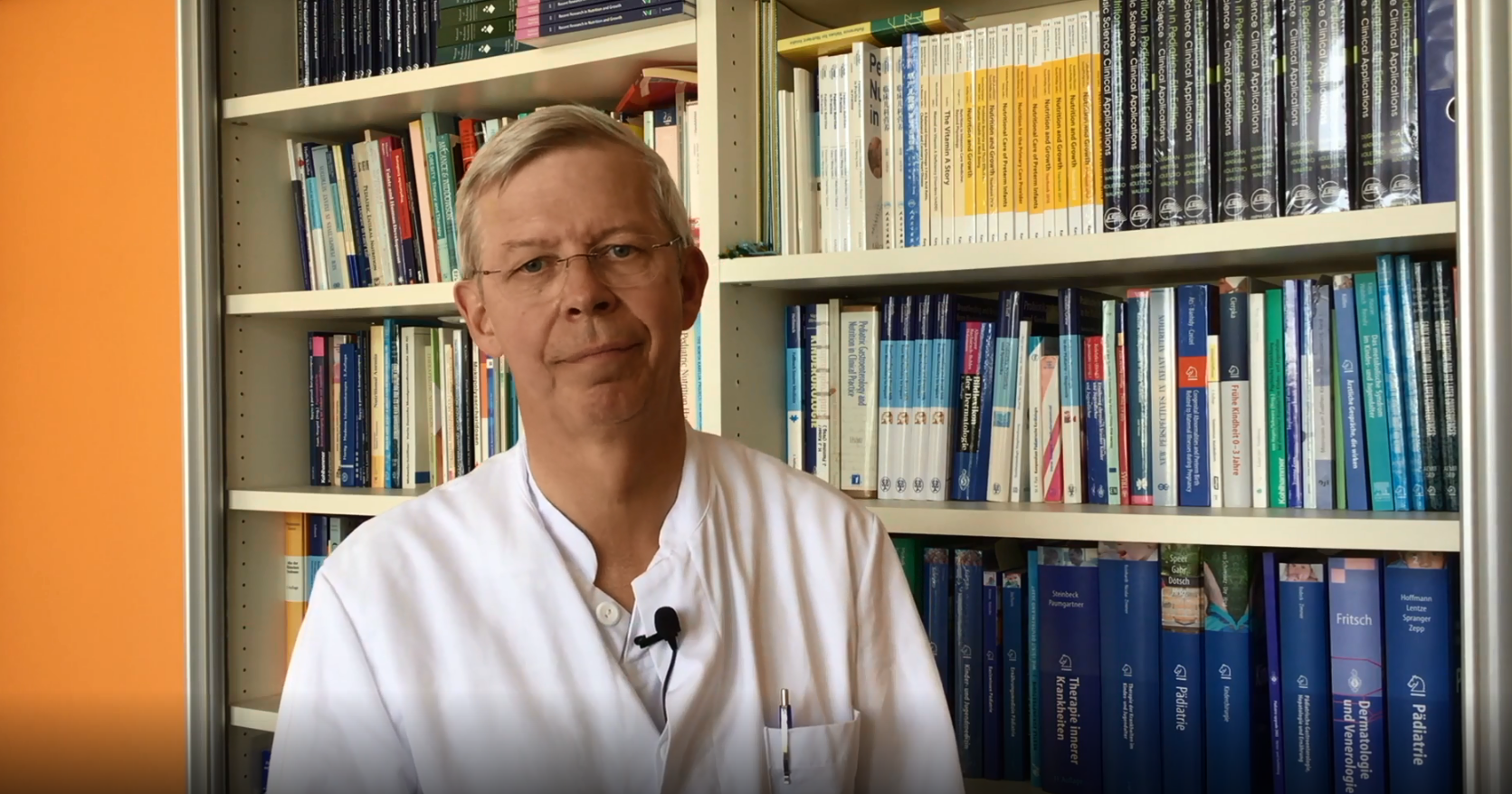Welcome to Focus Module
"The Milk Fat Globule and Its Membrane"
Here you find an overview of the module on "The Milk Fat Globule and Its Membrane", its structure and units, learning aims and information on how to get your CME credits.
![]()
Welcome Video
Click on the picture below for an introductory video to the Milk Fat Globule from Prof. Berthold Koletzko, Project EarlyNutrition Coordinator and ENeA Managing Director at the LMU Munich Medical Center.
![]()
Introduction
![]()
Please click here to see an overview of the whole module.
Free of charge!
Targeted to international healthcare professionals and researchers
Available Worldwide
![]()
How to best follow this module
Every unit consists of a self-assessment test at the beginning, different lessons and a CME test at the end. During the course of the module, the learner will benefit from a number of learning tools, including self-assessment tests, graphics and a discussion forum.
To make better use of the teaching material and consequently a better learning experience overall, we suggest that the learner first should go through the units only after he attempts the CME tests.
CME Certificate of Completion
Please Note: Starting from 1st September 2021, The Early Nutrition eAcademy is offering e-learning modules and CME Certificates of Completion free of charge to health care professionals worldwide.
The CME test will only be available once all elements in each unit are marked complete. To receive your CME Certificate of Completion, you have to successfully pass the CME multiple-choice test.
European CME Accreditation:
This module has been accredited by the UEMS with 4 credits.
Complete all unit elements
Pass CME Test

Credits by the EACCME
Information about CME Accreditation
This unit has been accredited by the European Accreditation Council for Continuing Medical Education (EACCME). The EACCME is an institution of the European Union of Medical Specialists (UEMS). Only those e-learning materials that are displayed on the UEMS-EACCME website have formally been accredited. Each medical specialist should claim only those credits that he/she actually spent in the educational activity.
US American Accreditation:
The American Medical Association (AMA) has an agreement of mutual recognition of continuing medical education (CME) credit with the European Union of Medical Specialties (UEMS). Instructions for converting EACCME Credit to AMA PRA Category 1 Credits are available here.
How to get started
Click the button below to start with Unit 1
OR choose another Unit from the list below





